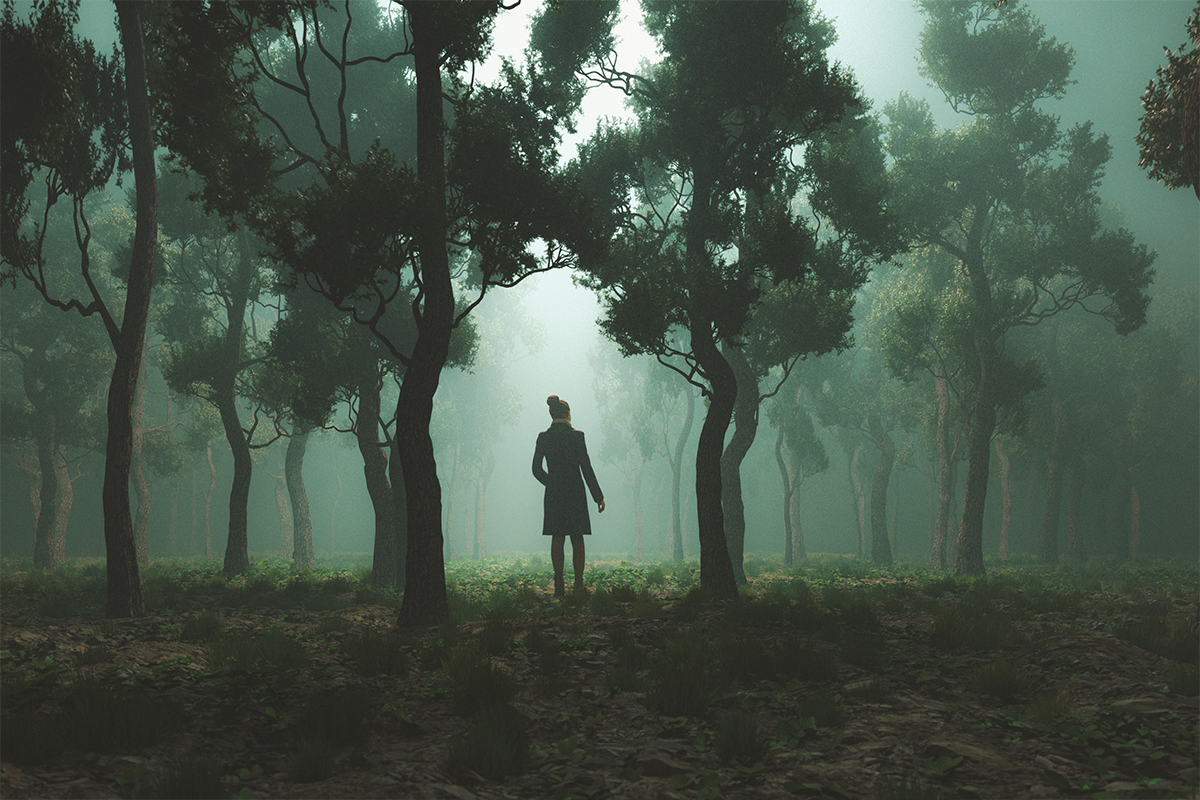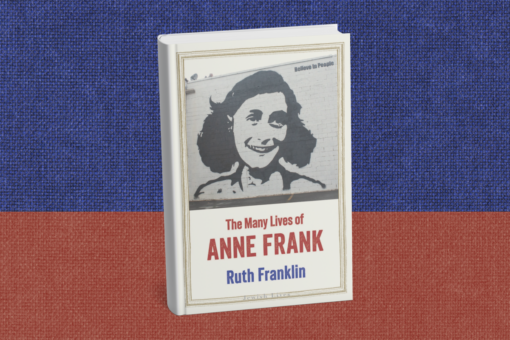Growing up, my favorite movie was “Sleeping Beauty” and my favorite character was the evil fairy, Maleficent. I couldn’t manage to feel much for sleepy and reedy-voiced Briar Rose or the fairy godmothers (whose outfits, I thought, were only okay). When they were on screen, I just wanted Maleficent to swoop in. After all, she is glorious in her villainy. Her robes flow like water. In profile, her nose looks like a lightning bolt. When I watched Maleficent curse baby Briar Rose, I rooted for Maleficent.
I also loved reading fairy tales — the simple language, the special blend of gore and whimsy, the tidy resolutions. And, while Brother’s Grimm fairy tales and their contemporary adaptations were just one star in the constellation of stories I was brought up on, they were perhaps the brightest.
However, I still struggle to reconcile how much I love Grimms’ fairy tales with their reliance on antisemitic tropes and the deadly impact they’ve had on Jewish communities throughout history.
In college, I took a course called Early Modern English Witchcraft. On the first day of class, my professor, a man wearing a fedora and band T-shirt, gave us a summary of the course. Witches, he told us, were based on fears of women and the elderly. He continued, “Also, you know, witches are often depicted with hooked noses, so there’s some antisemitism there.” He tapped the bridge of his nose knowingly and did not say another word about Jewish witches throughout the rest of the semester.
Soon, I got a better picture of witches’ connection to Judaism. In “The Saturnine History of Jews and Witchcraft,” Yvonne Owens argues that “the construction of Jews as Saturn-ruled, melancholic, phlegmatic, and physically toxic contributed much to the debates on witches.” Accusations of devil-worship and themes of blood libel further connect Jews and witches, and even the peaked witch hat may trace its origins to headwear Jews were forced to wear to identify themselves. Although we are separated from these witches by hundreds of years, the visual language used in early modern Europe remains largely unchanged.
Call me a lazy viewer, but I had never understood Maleficent as a fairy; I had always understood her to be a witch. To me, her character design had read: fabulous, evil, witch. I now realize I had also read her as Jewish. Maleficent’s character design—from her hooked nose, to her set of horns — rely heavily on European antisemitic tropes that connect villainous witches to Jewishness.
In some of the Grimms’ stories, antisemitism is vitriolic and obvious. In “The Jew In Thorns,” a youth with a fiddle that can make anyone dance sees a Jewish man walking through a thorny area of a forest. The youth plays his instrument and the Jewish man dances himself bloody. To stop the torture, the Jewish man offers up a handsome sum and later accuses the fiddler of extortion. At the conclusion, the fiddler reveals the Jewish man stole the money used to stop his torture. The Jewish man is hanged.
The United States Memorial Holocaust Museum has in its collection a cardboard colored engraving of “The Jew in Thorns.” It’s gorgeous — bright colors, enchanting typography. Bracket the content, and it’s easy to see how children would want to read the story again and again.
This is perhaps the most explicitly antisemitic of the Grimm brothers’ tales, but not the only story that villainizes Jewishness. Indeed, antisemitic attitudes are woven through their stories, both reflecting and reinforcing popular attitudes of the time. Caitlin Hewitt White characterizes the Brothers Grimm as active participants in a “German romantic nationalist project that aimed to construct a central German identity by racializing Others,” including Jews. Considering this, it’s perhaps no coincidence that Nazis were able to use the Grimms’ stories as key propaganda tools for Aryan supremacy.
To be clear, I do not think most modern day Brothers Grimm adaptations set out to make antisemitic villains. The creators of films like “Sleeping Beauty” or the team behind Harry Potter’s Rumpelstiltskin-esque goblins may not be aware of the full history behind Grimm fairy tales or how their characters perpetuate antisemitism. However, fairy tale adaptations have long relied on Jew-coded villains, seemingly without a meaningful effort to change.
Is it possible to reclaim these tropes? I’m not sure. Recent revamps of fairy tales transform princesses into feminist heroes — Cinderella ditching her glass slippers and prince, Sleeping Beauty slashing her way out of the undergrowth consuming her castle. With an eye towards the problematic aspects of the original stories, these (sometimes painfully) self-aware adaptations recast femininity as power and strength. I was brought up with these retellings, too, and perhaps it’s no coincidence that I never took the weakness of fairy tale princesses at face value. What would it mean to have an adjacent cultural moment for Jewish or Jew-coded characters? What would it mean for the Jew in “A Jew In Thorns” to talk back? For Maleficent to call out and reclaim her stereotypically Jewish features?
The novel “Spinning Silver” by Jewish author Naomi Novik responds powerfully to Rumplestiltskin’s antisemitic coding. Set in a fantasy world reminiscent of 19th century Russia, our Jewish heroine is Miryem, the daughter of a kind-hearted moneylender. Miryem takes over her father’s business with a stern hand and meets excellent success. At one point, she brags to her mother that she can turn silver, her community’s currency, into gold. Miryem’s boast catches the attention of a king and sets her on a life-altering journey. The book is a nuanced, carefully crafted thoughtful read — so I know it can be done.
While fairy tales may have a complicated, antisemitic past, I’m excited about their futures.



